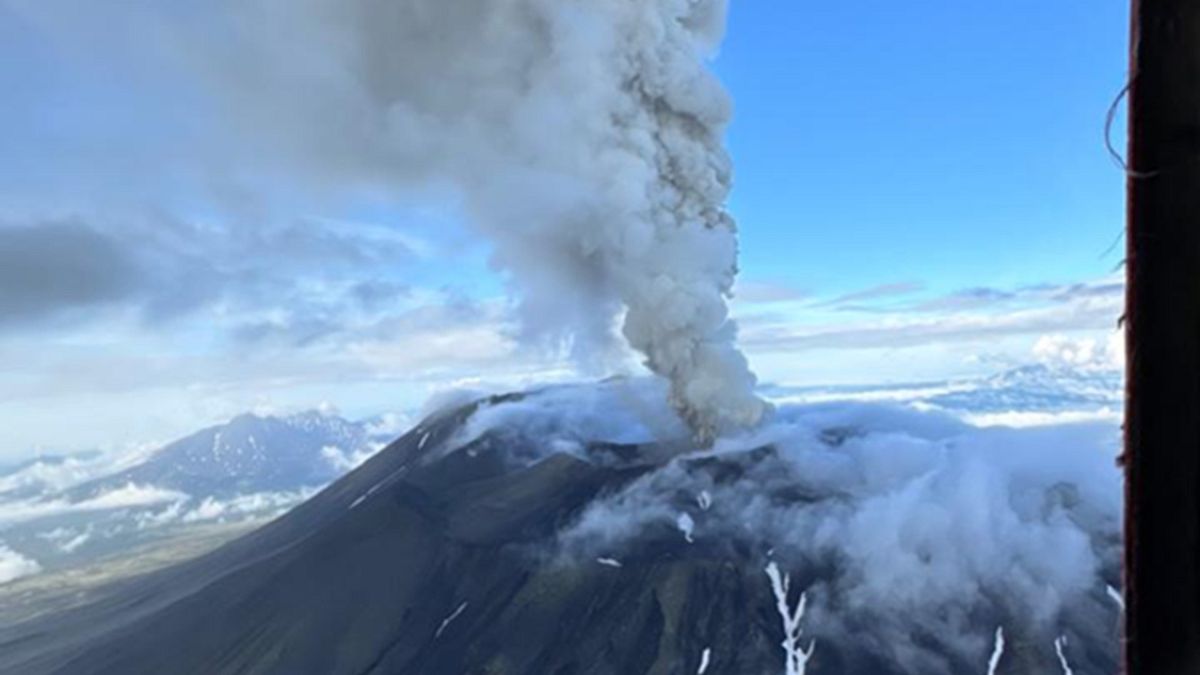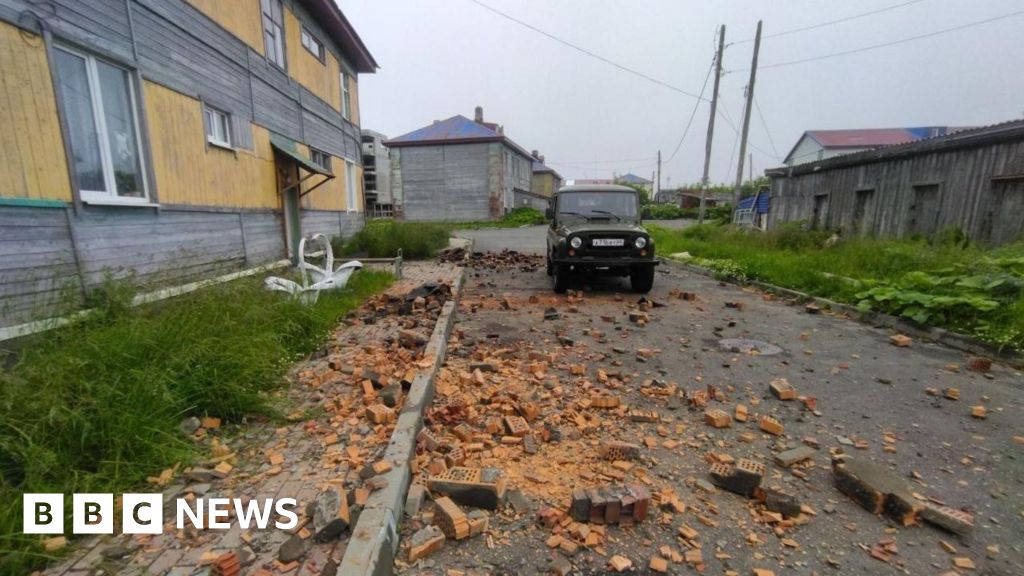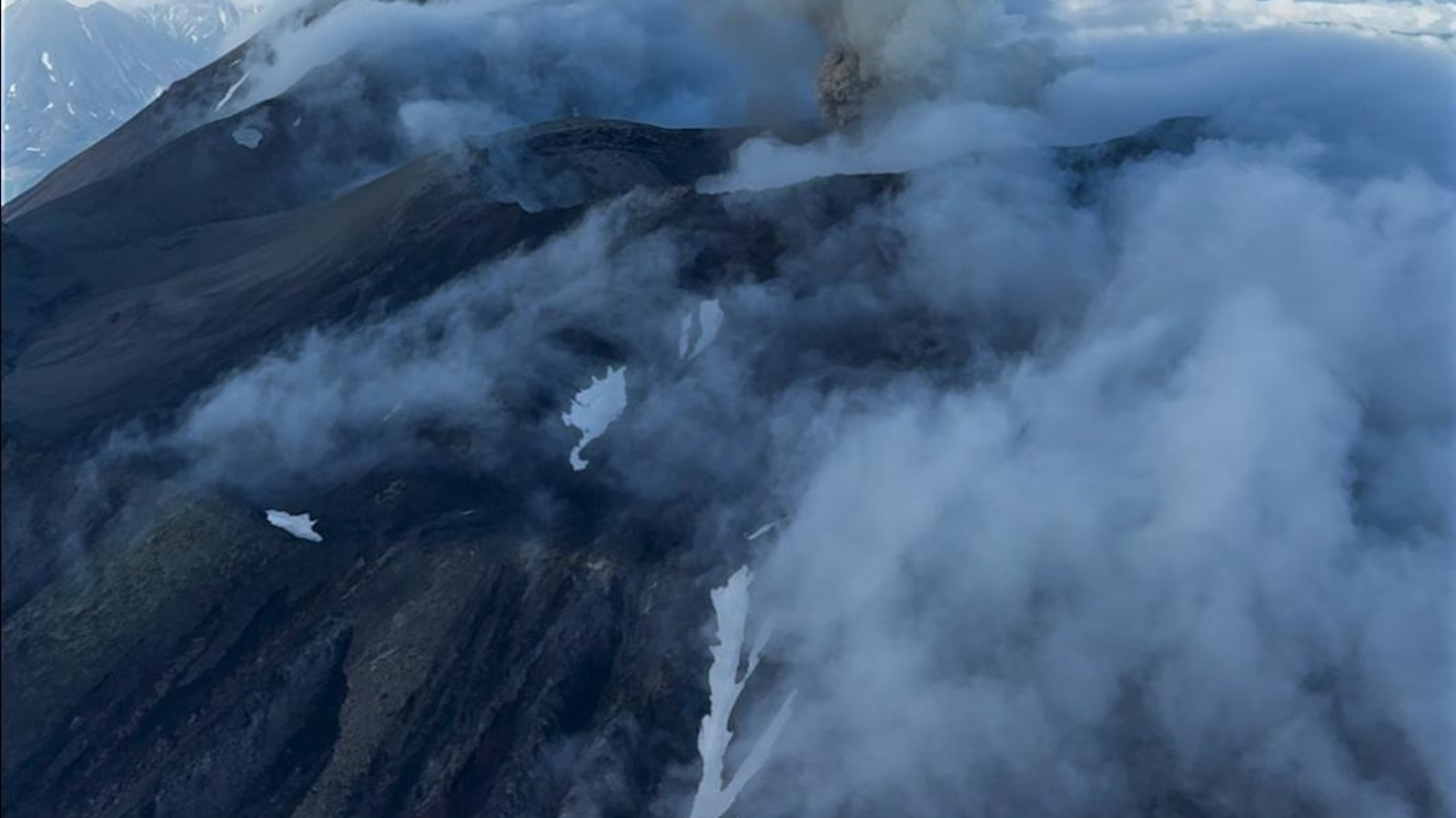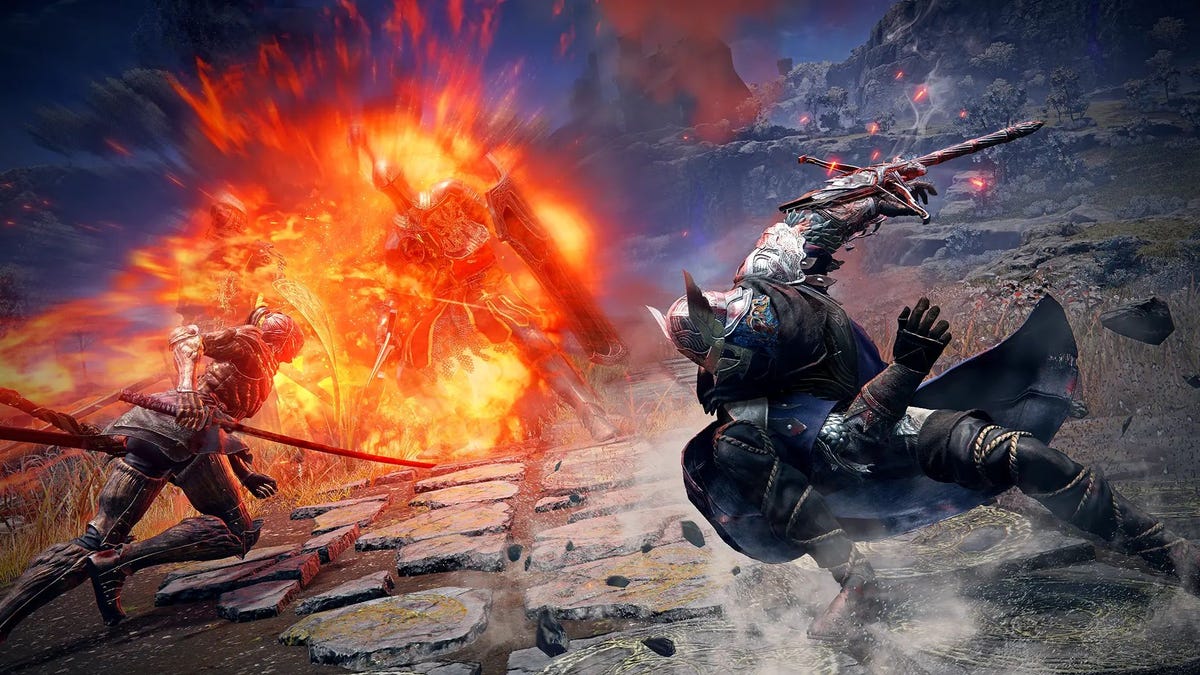T4K3.news
Magnitude 8.8 earthquake strikes Kamchatka Peninsula
Seismic update as tsunami warnings issued following significant quake near Russia.

This significant earthquake highlights the risks of living in seismic zones.
Kamchatka earthquake ranks among strongest ever recorded
A magnitude 8.8 earthquake occurred today off the coast of Russia’s Kamchatka Peninsula at around 11:30 am local time, reaching a depth of 20 kilometers. This quake is among the ten strongest ever documented and the largest globally since 2011. Residents in Petropavlovsk-Kamchatsky, located 119 kilometers from the epicenter, reported injuries and structural damage. Tsunami alerts spread through Russia, Japan, and Hawaii, with advisories also issued for the Philippines, Indonesia, and even as far as New Zealand and Peru. The Pacific’s susceptibility to such massive quakes comes from its position within the Ring of Fire, a zone characterized by high seismic activity due to tectonic plate interactions. The earthquake has already prompted 35 aftershocks, some potentially exceeding magnitude 7.5, as it reshapes geological stress within the Earth's crust.
Key Takeaways
"Earthquakes as large as today’s occur infrequently, but their effects can be devastating."
Dee Ninis emphasizes the rarity but severity of massive earthquakes.
"The threat of a major subduction zone earthquake never goes away."
This highlights the ongoing risk for regions beneath tectonic plates.
"How recent seismic activity affected today's earthquake will be crucial for research."
John Townend stresses the importance of studying previous seismic events.
"Today’s earthquake is a reminder to everyone living in earthquake-prone areas to stay safe."
Earthquake scientists urge the public to heed civil defense warnings.
This earthquake underscores the persistent threat faced by regions on the Pacific Ring of Fire, where tectonic plates engage in relentless motion. The similarities between past seismic events and the recent Kamchatka quake raise significant questions about preparedness and response strategies in highly active zones. Countries like New Zealand, sitting above their own subduction zones, may need to closely study the implications of this event. Enhanced research into the impact of preliminary seismic activity on subsequent quakes could offer valuable insights, underscoring the necessity of maintaining vigilance and readiness in vulnerable areas.
Highlights
- Even the strongest earthquakes are reminders of nature's unpredictability.
- Tsunami warnings echo across the Pacific after a seismic jolt.
- Kamchatka's earthquake highlights global seismic threats.
- Preparedness is vital in the face of recurring seismic danger.
Risk of aftershocks and tsunami
The earthquake's magnitude raises concerns of aftershocks and tsunami effects across the Pacific, posing risks to numerous nations.
The ongoing seismic activity highlights the need for vigilance and preparation in earthquake-prone areas.
Enjoyed this? Let your friends know!
Related News

Krasheninnikov volcano erupts after 600 years

Hawaii officials confirm no tsunami threat after earthquake

Tsunami warning follows Russian mega earthquake

Major volcano erupts shortly after powerful earthquake

Krasheninnikov volcano erupts for first time in centuries

Krasheninnikov volcano erupts in Russia

8.8-magnitude earthquake prompts global tsunami warnings

7.4 magnitude earthquake triggers tsunami alerts
